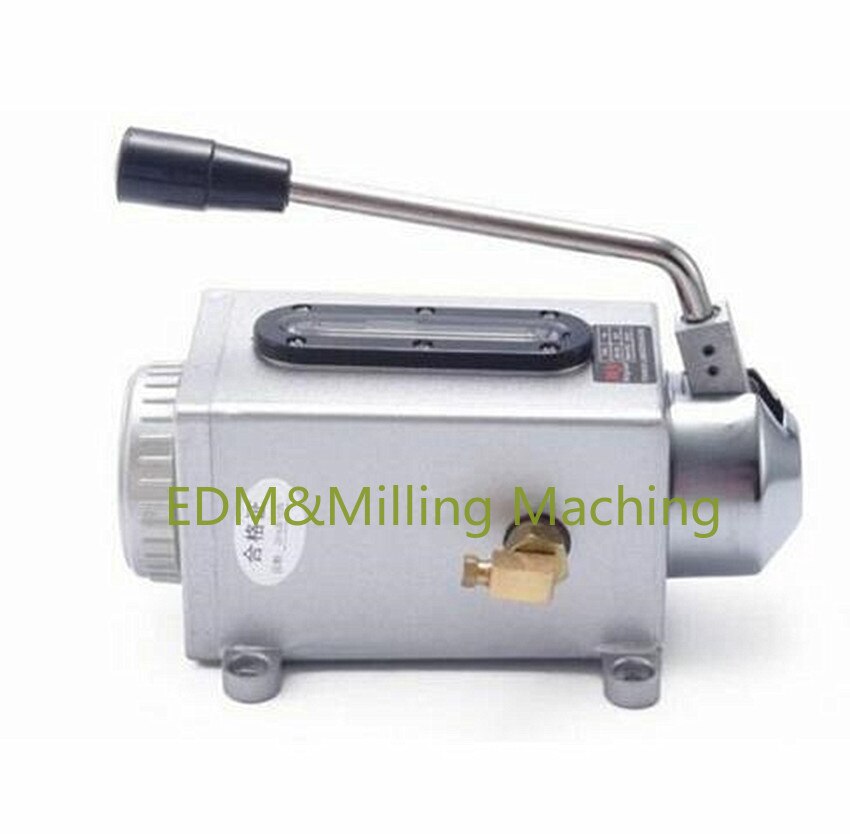In today's episode, heavy stuff got moved!
The weather cleared a bit today, the snow melted and my son provided some assistance toting pieces down the stairs. A note about the base. I mentioned before that it is pretty overbuilt. I'm not sure which is heavier--it or the base casting!
While the machine was in the garage, it was exceedingly difficult to slide it across the pretty-smooth concrete pad. In the basement, I have to assemble it in an area free of overhead obstructions and then slide it into its "forever home". Before moving it, I cleaned up the steel pads on the end of the legs and filed them to make sure there were no sharp edges to dig in and catch.
I've taken a chance and applied some stick-on furniture slides. I'm afraid that they won't stand up to the weight of the machine when fully assembled. They do make it easy to slide the table and base around, however.
In a perfect world, I would have sprayed some paint on the base. Alas, the world is what it is and there is no way I'm going to spray paint next to the furnace and gas water heater.
My son and I also brought the head down from the garage. Here it is strapped to my 2-wheeler:
This worked really well. The load was reasonably well balanced on the cart and with me on the handles and him below, it was nice and easy to bring it down one step at a time.
Here is the head unstrapped:
The next step is to fix the stripped bolt hole in the casting where the column bolts on. From a quick look, Bubba needed to use a longer bolt! The previous owner mounted the DRO using these bolts and passing through a piece of 1/4" steel--which reduced the bolt engagement. The casting is nearly 1 inch thick in this spot and I think there is lots of meat left to hold a longer bolt. Certainly looks like the hole is threaded all the way through. Hopefully I can get a tap to clean up the damaged section and then determine how many good threads are left.
After that, I need to move
@Canadium 's engine hoist down to the basement and put the head back on.
Craig

